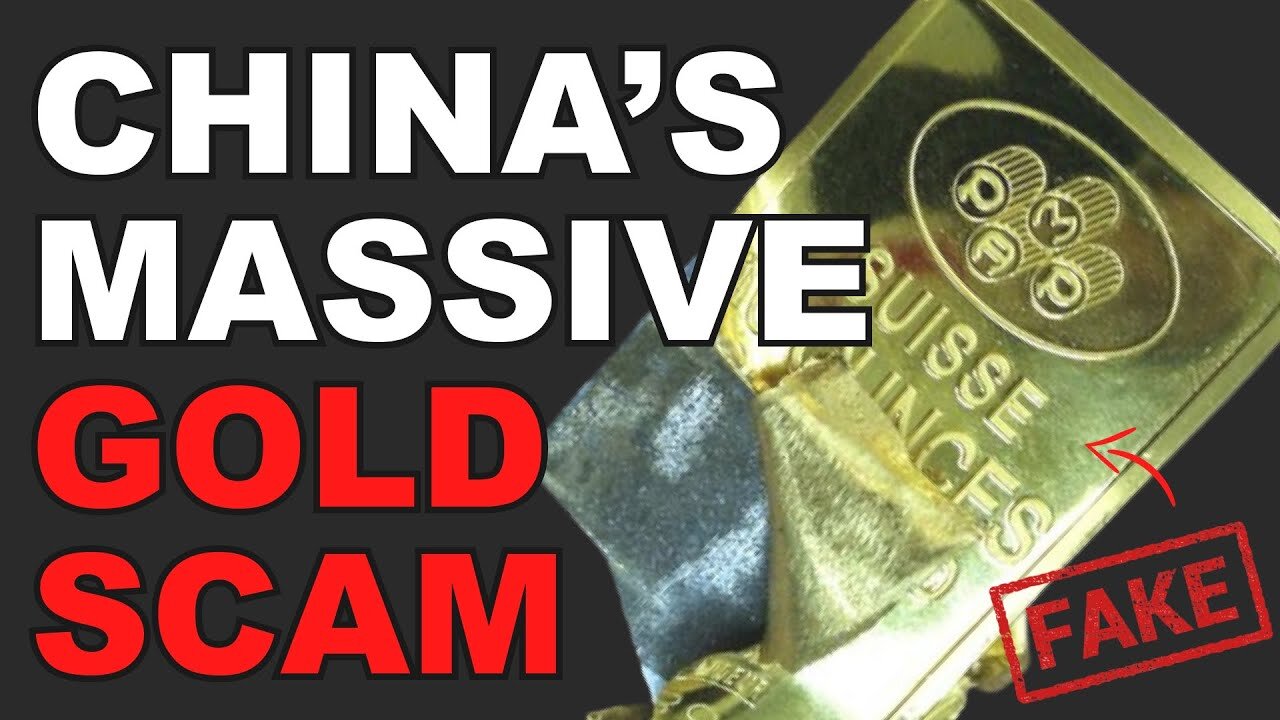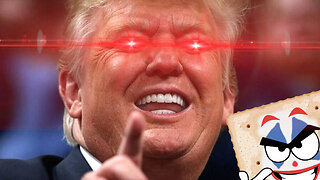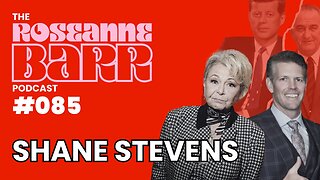Premium Only Content

Tip of the Iceberg- Inside the Billion Dollar China Gold Scam
You’re well aware, gold has been on a tear and has broken above $1,800 per ounce.
Every goldbug on the planet is excited and salivating at the mouth…
Except for a group of bankers who accidentally got caught up in the greatest modern-day gold racket. For them, their gold bars aren’t worth $1,800 per ounce, but more like $2.75 per pound.
Kingold Jewelry is a NASDAQ-listed company, based in the city of Wuhan (of coronavirus infamy).
The company began as a gold factory and was previously affiliated with the People’s Bank of China.
It grew to become one of China’s largest gold jewelry manufacturers.
According to public records, Kingold began borrowing using gold as collateral in 2013.
The company’s debt continued to climb every year. Eventually, Kingold pledged 2.7 million ounces of gold in total, worth about US$4.8 billion today.
Kingold not only offered the gold as collateral but even had its gold inspected by government certification offices and insured for US$4.3 billion by a state-owned insurance company.
Suspiciously, all of Kingold’s lenders came from trusts and banks outside its own province of Hubei.
In late 2019, Kingold failed to repay a debt owed to a creditor, Dongguan Trust.
Like with all collateralized debts gone awry, Dongguan took possession of Kingold’s gold that had been pledged as collateral.
When the Trust went to monetize the gold to cover the loan, they discovered that those bright shiny gold bars were actually copper bars wrapped in gold.
Shocked at the revelation, other creditors began to scramble to check their own collateral.
One-by-one, they found out the gold they held was also copper. They had been fooled by an age-old trick on a massive modern-day scale.
The 2.9 million ounces of fake gold in question represents 22% of China’s 2019 gold output. That’s about 4.2% of the country’s gold reserve.
Of course, Kingold took out an insurance policy worth US$4.3 billion on the gold they pledged as collateral, through state-owned PICC Property & Casualty.
Though the pricing on the policy falls a bit short of the full value of the gold, getting back US$1,460 an ounce is still better than getting back $2.75 a pound.
As of early June, two of the above companies, Minsheng Trust and Dongguan Trust, and a smaller creditor named Chang’An Trust filed lawsuits against Kingold.
After the fraud was discovered, Company chairman Jia Zhihong been quoted as saying, “How could it be fake if insurance companies agreed to cover it?”
You have to admit, it’s a really clever way of answering the question.
The red flag should’ve been in how Kingold dealt with Hengfeng Bank, the only commercial bank among Kingold’s creditors.
Access to the pledged gold and testing procedures were controlled by Kingold.
Without a third-party, how could Hengfeng Bank possibly conduct proper due diligence?
Further, the loan officer who wrote the loan at Hengfeng didn’t have the cleanest track record. He was already under investigation in 2018.
Who knows how long Kingold would have gotten away with this deception had they not defaulted on their loan to Dongguan Trust.
So how many people are in cahoots here? Surely a few.
The bigger question remains. Is this con a stand-alone crime or is it part of a commonplace scheme?
How many other loans from how many other companies are built on fake collateral?
And the true elephant in the room: how much of China’s gold reserves are “gold plated”?
In 2016, a similar gold fraud case occurred in neighboring Shaanxi province. A US$2.8 million loan backed by gold as collateral turned black… tungsten black, in fact.
When the loan was defaulted on, the financial institution involved, Tongguan Co-Op, found that the bars pledged for that loan were actually only 36.5% gold. Tungsten plate was found underneath the thin gold veneer.
Tongguan Co-op would go on to find 46 tons, or 1.5 million ounces, of fake gold on its balance sheet.
The initial incidence of this single bad loan led to the discovery of fake gold in the coffers of 19 different lenders throughout the Shaanxi and adjacent Henan provinces.
The total amount of compromised collateral was worth US$2.7 billion – the largest gold fraud scandal in China before the Kingold affair.
That’s up to 130 tons of gold compromised between Tongguan and Kingold alone.
Who knows how many other tons of fake gold could be hiding amongst China’s 1,950 tons of gold reserve.
Gold is only good if it’s truly good as gold.
Be careful where you purchase your bullion and how you invest.
-
 2:11:11
2:11:11
TheSaltyCracker
6 hours agoTrump Fires Everyone ReeEEeE Stream 01-31-25
160K277 -
 1:15:45
1:15:45
Roseanne Barr
8 hours ago $24.55 earnedJFK case solved!? with Shane Stevens | The Roseanne Barr Podcast #85
87.8K48 -
 10:36:04
10:36:04
Dr Disrespect
14 hours ago🔴LIVE - DR DISRESPECT - PUBG - WHAT WINNING LOOKS LIKE
240K38 -
 4:41:07
4:41:07
Nerdrotic
11 hours ago $32.79 earnedCap 4 and Emelia Perez BACKLASH! Acolyte is Still CANCELED! Hollywood STFU | Friday Night Tights 339
182K31 -
 57:41
57:41
The StoneZONE with Roger Stone
8 hours agoWhy Are They So Afraid of Tulsi Gabbard? | The StoneZONE w/ Roger Stone
45.9K14 -
 2:41:03
2:41:03
I_Came_With_Fire_Podcast
12 hours ago🔥🔥Suing CHINA, Hillary AIDED RUSSIA, and DEI REMOVED from Military🔥🔥
64.2K11 -
 LIVE
LIVE
SoniCentric
13 hours agoCozy Up With SNOWY Lakeside Cabin Jazz Vibes
161 watching -
 1:36:16
1:36:16
PMG
1 day ago $0.69 earnedSPECIAL: JUSTICE FOR JEREMY - NOW!
26.8K4 -
 1:01:01
1:01:01
TheTapeLibrary
16 hours ago $3.05 earnedThe Horrifying True Story of Summerwind Mansion
37.9K7 -
 29:28
29:28
Afshin Rattansi's Going Underground
1 day agoMax Blumenthal on US’ Ukraine Aid Corruption, 'Psychotic' Israel Turning the West Bank into Gaza
42.3K4